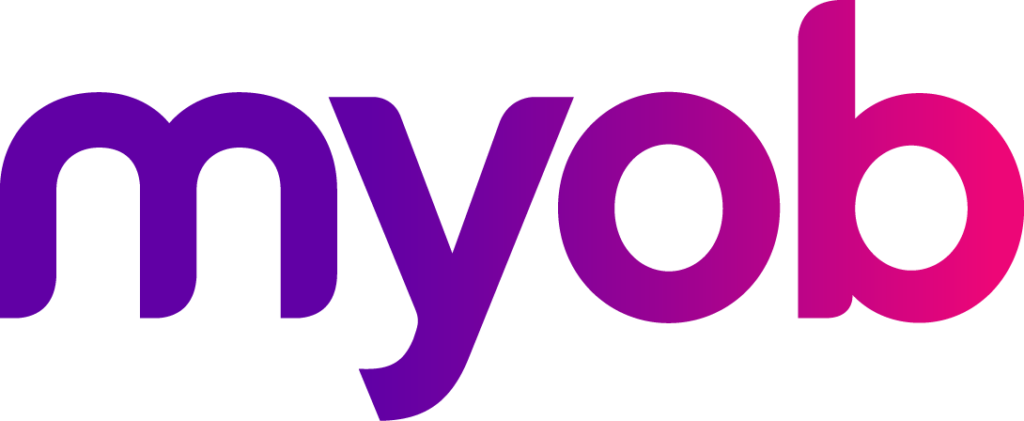Even the toughest challenge can be turned in your favour with a careful strategy and well-advanced preparation. Take a closer look at our Top 3 Business Challenges for 2022.
1. Attracting and Retaining Talent
The Great Resignation is sweeping the globe and is barreling towards Australia. What businesses do in the New Year will determine how many of their staff stick around.
Recent studies have found that 40% or more of Australians surveyed are actively searching for a new role or are going to start looking within the next 6 months, and one third of these who have already quit don’t have another job lined up.
So, why are people quitting? Here’s where things get interesting. The reasons, as well as the geographic and demographic breakdowns, vary wildly depending on the study. And that’s the point: one size fits all actually fit none in the post-COVID workforce.
The war for talent is over, and talent has won because The Great Resignation is occurring simultaneously with a great skills shortage — one that will not be solved even when the borders reopen, due to Australia’s ageing workforce and the disparity of skills required versus the skills on offer.
Smart business owners must take the time to get to know what drives each of their team and then to meet or manage their individual expectations. It’s a daunting task for time poor business owners and a paradigm shift for organisations who are used to developing and implementing broad based policies.
One method is called the 9 Currencies of Choice® because it does not address pay and benefits. Instead, it affects employee wellbeing and happiness along with productivity and the desire to do great work.
According to the 9 Currencies of Choice® people want to:
1. Work for a company with a compelling purpose and values aligned to their own.
2. Work for someone they trust, respect and whom they know cares about them.
3. Feel like they belong
4. Be appreciated in the appropriate way.
5. Have a voice.
6. Know how to be successful and how that success is measured.
7. Learn, grow, and develop in their career.
8. Have agency, control, and choice.
9. Be able to spend most of their day doing work they love and do well.
Sit down with your team to have honest conversations with them around each of these nine keys and make it a great opportunity. If you use this model effectively you can rest easy knowing your team aren’t surfing the net for open jobs.
2. Balancing Quality and Growth
In the perfect world, quality and growth should always align in your business. It seems legit to grow your business while providing quality services. However, things aren’t that simple. Expanding to new markets and broadening your scope of activities / services implies making large investments in new workforce (with a skills shortage upon us), investment in equipment / premises / offices, and operational expenses before seeing actual profits. Eventually, if expenses are higher than the revenue generated by a specific product or service, the product quality may reduce or the price may need to increase.
To overcome this business challenge, you should clearly understand your growth criteria and what exactly you want to achieve. Accelerating your growth trajectory too much may lead to operational inconsistencies, deteriorated customer experience, and degradation of the brand image. Don’t push for instant profits, instead approach challenges of growth in business with ease. Keeping up with customers’ needs is what makes you stand out among other businesses that are competing for revenue growth.
3. Cybersecurity
Small and medium size businesses become a target for hackers and scammers. With increased volumes of users’ personal data comes more risks of data leaks from neglected vulnerabilities. In 2021, cybersecurity is one of the main business challenges that should be treated with utmost seriousness.
So, what exactly should you watch out for? Here are three main threats for the immediate future:
• Ransomware and phishing. During the last year, ransomware constituted more than a quarter of the total cyberattacks reported by IBM Security’s X-Force. Hackers have almost doubled ransomware cases since the epidemic began.
• Hackers explore new terrains for attacks. The urgency in remote work has transformed millions of employees’ houses into their offices. However, in day-to-day life, people don’t treat network security as businesses do. Home offices rarely have secure firewalls, routers, and access management run by a dedicated workforce. This situation creates new opportunities for hackers allowing them to test their exploits on employees’ devices and networks.
• Internet of Things bring infinite possibilities for hackers. With an estimated 30 billion connected devices by 2025, hackers will definitely explore these opportunities for breaching into business networks. And implementing serious security measures consumes a significant part of the businesses budget.
To protect your business against cybersecurity, check out the Government’s Cyber Security Assessment Tool here.
Every year, business leaders set goals for the New Year. These goals are typically ambitious, and that’s probably true for a lot of us. It’s time to rethink the way you create goals. No matter what your goal is – whether you want to onboard new clients, increase turnover, bring new technology into your business /office, etc. — it’s important to take the right approach.
As you set your business goals for next year, make a solid plan so they become a reality. To help you increase your success with these we have some tips on setting effective goals the right way.
Setting realistic expectations
This is a matter of identifying what you want and creating a solid plan. Ultimately, you want to identify the change you’d like to see and create achievable steps to lead you to that goal. You may do this in writing, using a calendar or some other planning tool that helps you visualise your plan:
1. State what you want to achieve in the simplest terms possible.
2. Identify strengths and weaknesses. What is your current team capable of? How will you overcome any potential pitfalls – skills shortages etc?
3. Examine your resources. Utilise apps or programs that can help you organise and stay on track. Technology offers many ways to visually see progress in the forms of timetables, charts and reports.
By clearly outlining the goal and documenting your action plan, you can transform an intangible idea in your head into a real achievable action.
Accountability is key!
Starting a goal may feel easy at first, but as the months go on and you encounter obstacles, it can be all too easy to give up. There are a few ways to make sure you stay on track, such as by having an accountability partner. Reporting to another individual holds you accountable for your progress, and vice versa. Another idea is to use visual tools, which physically represent your progress. Displaying the action plan on a whiteboard or another visual aid lets you see your progress at a glance.
Here at Accura Accounting & Advisory we have a business planning process that makes a digital spreadsheet of your plans to track progress. All these tools make it easier to measure how far you’ve come – and harder to make excuses.
Set Yourself Up for Success
The start of a New Year is a new opportunity. Rather than reserving yourself for another year without resolutions, get off on the right foot by thinking critically about your goals. Building a plan prepares you to overcome any rough patches and gives you time to organise.
With these tips, you and your team can tackle anything that happens in the upcoming year. At Accura we can help you plan for success and tackle your business challenges for 2022. Contact us here to discuss how we can help you.


